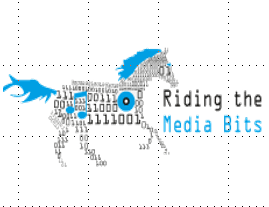Why is MPEG successful?
There are people who do not like MPEG (I wonder why), but so far I have not found anybody disputing the success of MPEG. Some people claim that only a few MPEG standards are successful, but maybe that is because some MPEG standards are_so_ successful. In this article the reasons of MPEG success are identified and analysed by using the 18 elements of the figure below. A standard for all. In the late 1980's many industries, regions and countries had…
















